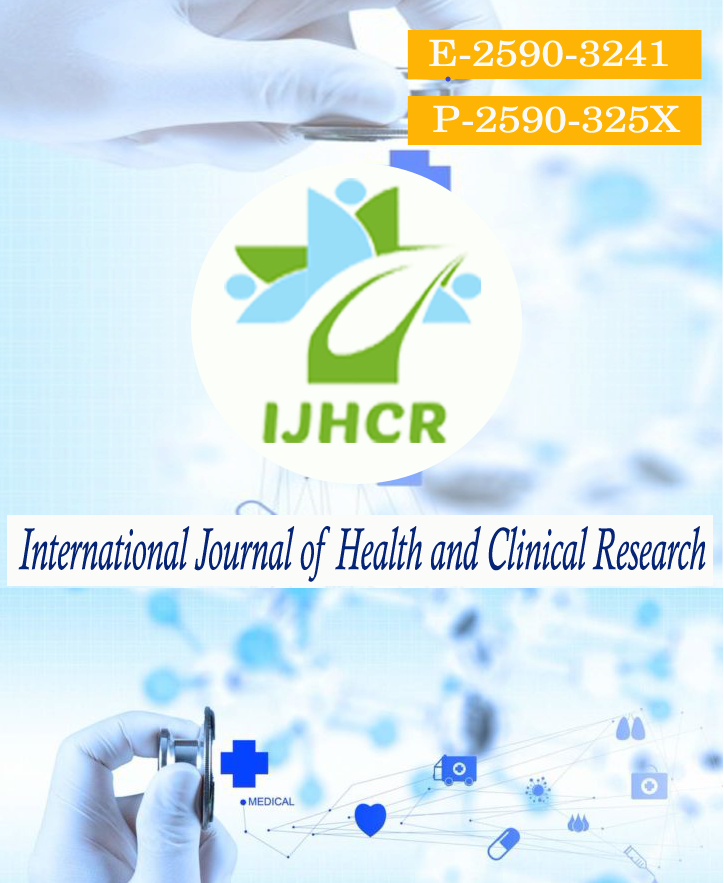N-Terminal Pro Brain Natriuretic Peptide(NT – ProBNP) For Risk Stratification in Acute Coronary Syndrome (ACS)
Keywords:
Acute coronary syndrome, Myocardial infarction, C-reactive protein.Abstract
Background: In detecting the whole spectrum of acute coronary syndromes (ACS) and for mortality prediction, natriuretic peptides (BNP and NT-proBNP) are useful tools for risk stratification of acute myocardial ischemia patients. Aim: This study assess the use of natriuretic peptides for early risk stratification of patients with acute coronary syndrome. Results: The p-value was >0.05N i.e. non-significant difference between the two groups for all the baseline characteristics of the studied population by NT-proBNP. The difference between the two groups for patients who had ST segment deviation was non-significant. T wave changes were significant between the two groups. In Group B (with NT-proBNP equal or more than 474 pg/ml), incidence of heart failure and duration of hospital stay were significantly higher when compared to Group A (with NT-proBNP less than 474 pg/ml),. In Group B, the number of coronary vessels affected, degree of stenosis and proximal left anterior descending artery (LAD) disease were higher when compared to Group A. In Group B compared to Group A, there was an increased incidence of cardiogenic shock and mortality.Conclusion: This study proved that NT-proBNP in acute coronary syndrome is an appropriate marker associated with more coronary artery involvements based on number of vessels affected and severity of stenosis. It is a valuable marker for higher heart failure incidence and lower ejection fraction.






 All articles published in International Journal of Health and Clinical Research are licensed under a
All articles published in International Journal of Health and Clinical Research are licensed under a 